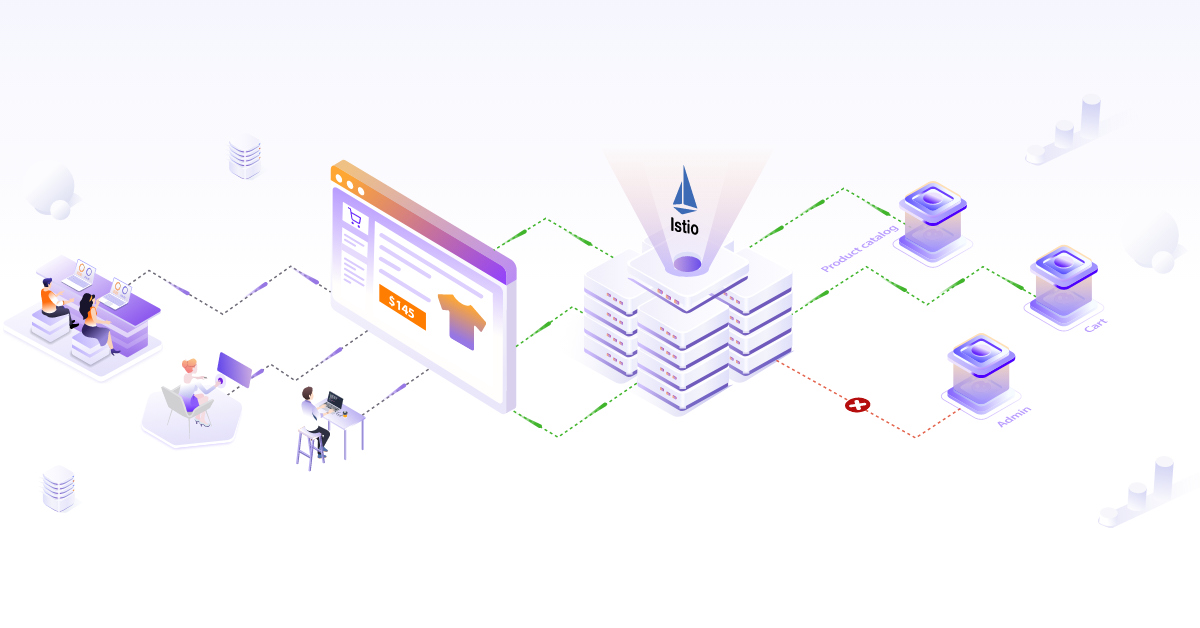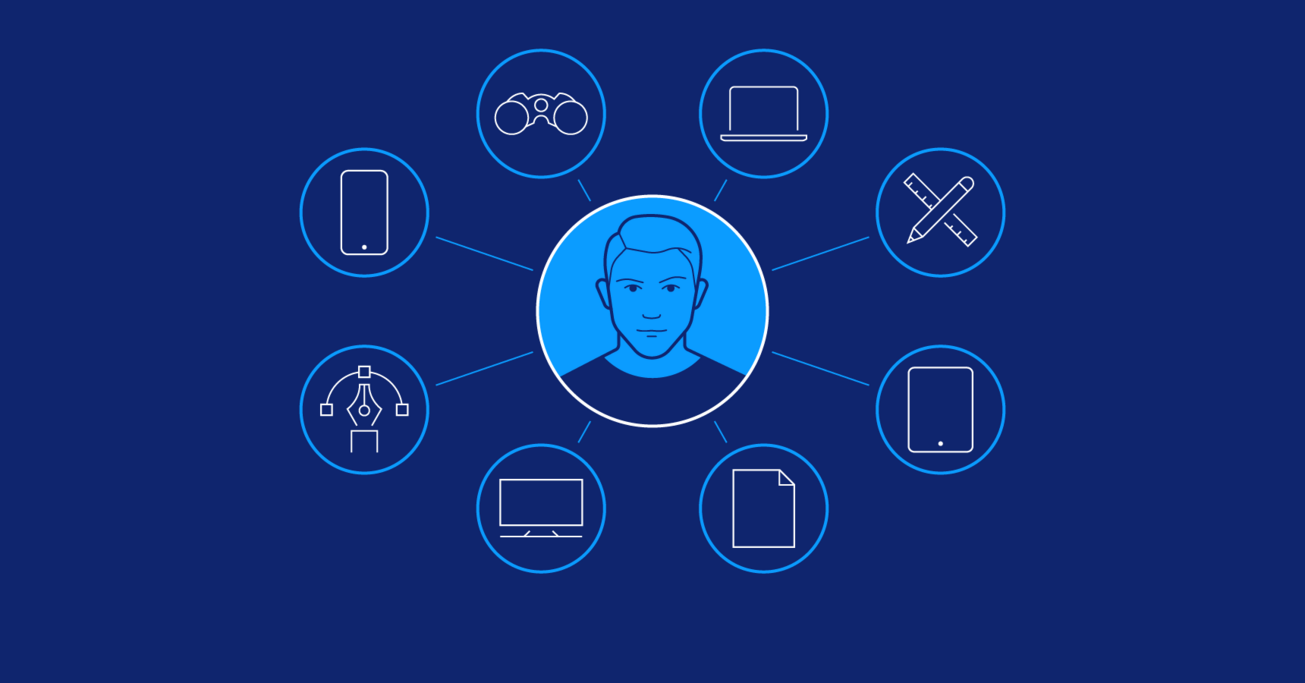
RESTful vs. GraphQL: Choosing the Right Web Service Architecture
danush
- 0
In the steadily developing scene of web improvement, the decision of a reasonable web administration engineering is a basic choice that can essentially influence an application’s exhibition, versatility, and client experience. In this article, we’ll investigate the distinctions among Relaxing and GraphQL designs, featuring their assets, shortcomings, and situations where each succeeds.
Grasping Relaxing Engineering:
REST, or Illustrative State Move, is a broadly taken on building style for planning arranged applications. It spins around the idea of assets, which are recognized by special URLs. Peaceful APIs utilize standard HTTP strategies to perform activities on these assets. For example, a GET demand recovers information, a POST demand makes new information, a PUT demand refreshes existing information, and an Erase demand eliminates information.
Qualities of Peaceful Design:
Effortlessness: Serene APIs are direct to comprehend and execute, pursuing them an incredible decision for some applications.
Storing: REST’s utilization of standard HTTP strategies and status codes takes into consideration productive reserving, lessening the requirement for rehashed demands.
Statelessness: Each solicitation to a Serene Programming interface is free, which improves on server the executives and can prompt better versatility.
Shortcomings of Serene Design:
Over-getting and Under-bringing: Clients frequently get pretty much information than required, prompting shortcomings.
Various Endpoints: As applications fill in intricacy, they could require different endpoints, prompting expanded intricacy in the Programming interface plan.
Grasping GraphQL Design:
GraphQL is a question language and runtime for APIs that was created by Facebook. In contrast to REST, where clients have restricted command over the information they get, GraphQL enables clients to demand the very information they need. Clients characterize the design of their questions, lessening over-bringing and under-getting issues normal in Peaceful structures.
Qualities of GraphQL Design:
Adaptable Inquiries: Clients can indicate the specific shape and construction of the information they need, lessening the over-getting of information.
Single Endpoint: GraphQL APIs regularly uncover a solitary endpoint, working on the administration of the Programming interface and diminishing the requirement for forming.
Decreased Full circle trips: GraphQL permits getting related information in a solitary question, diminishing the quantity of trips there and back between the client and server.
Shortcomings of GraphQL Design:
Expectation to learn and adapt: The adaptability of GraphQL can prompt more complicated question language structure and require a more extreme expectation to absorb information for engineers.
Potential for Intricacy: Ineffectively planned GraphQL questions can bring about unnecessary burden on the server, affecting execution.
Picking the Right Design:
The decision among Tranquil and GraphQL designs relies upon different variables, including the idea of your application, its intricacy, and the particular necessities you have.
Pick Relaxing on the off chance that: You have a less difficult application with an unmistakable partition of worries, and you esteem the simplicity of understanding and consistency of Tranquil APIs.
Pick GraphQL if: Your application requires an elevated degree of adaptability in information bringing, you need to limit over-getting and under-getting, or you’re constructing a perplexing client that necessities to productively recover information from numerous sources.
Taking everything into account, both Soothing and GraphQL designs have their benefits, and the ideal decision relies upon your undertaking’s necessities. By understanding the qualities and shortcomings of every, engineers can pursue an educated choice that lines up with their application’s objectives, execution necessities, and client experience yearnings.

